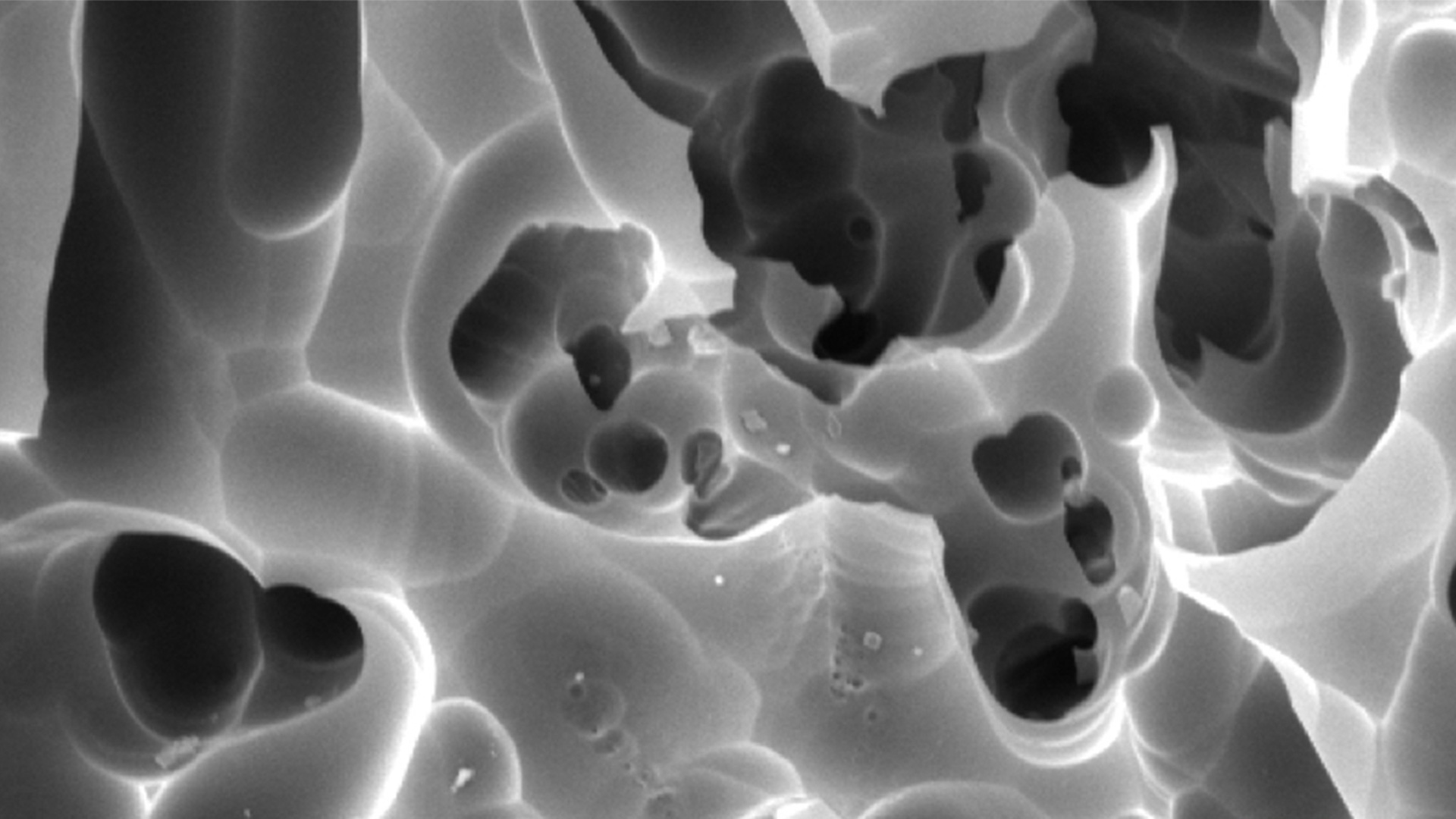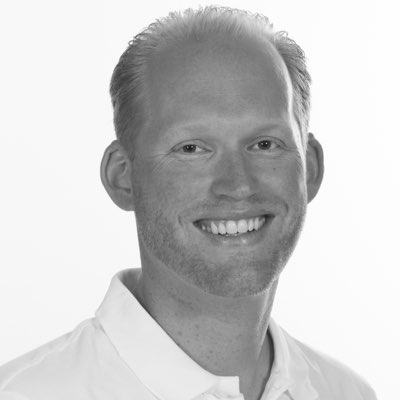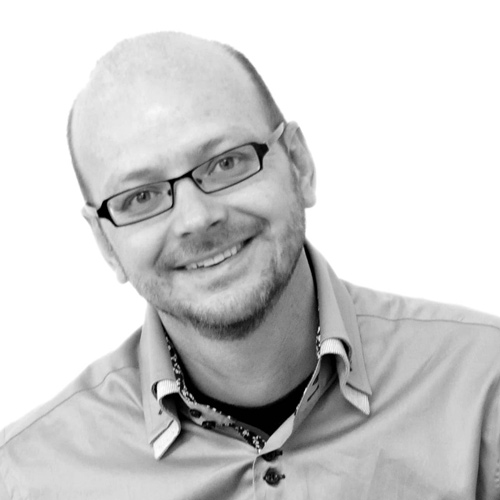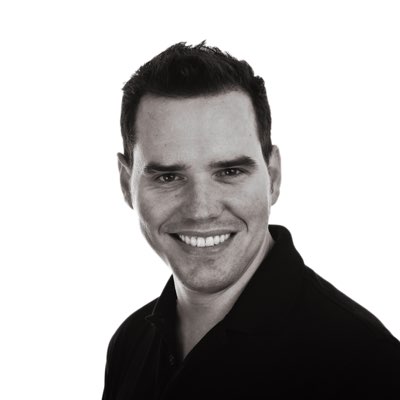No products in the cart.

Pascal Magne
Saturday May 19, 2018, 09:00 - 17:00
Paradigm shifts resulting from biomimetic restorative dentistry and bio-emulation.
How can science, common sense and experience in adhesive dentistry generate revolutionary concepts to save tooth structure and teeth? This presentation will describe innovative techniques (immediate dentin sealing, deep margin elevation, additive luting and others) but also explore the future of CAD/CAM dentistry and "biologic restorations".
Understand the driving force behind biomimetic restorative dentistry
Learn about new clinical techniques to improve tissue conservation and bonding
Learn how CAD/CAM technique can be used “biomimetically”
Sascha Hein
Sunday May 20, 2018, 09:00 - 14:00
“eLABor_aid®” - A new dawn in shade matching!
Consistent shade matching of indirect restorations with natural dentition remains to be a formidable challenge, even for the most experienced of experts. Numerous factors which take adverse effect on the clinical outcome have long been identified. They include operator dependency (subjective shade selection and evaluation), insufficient shade guide coverage of the range of natural tooth shades as well as considerable inconsistencies among manufacturers shading regimes. The eLABor_aid® System was developed to combat these limitations by enabling objective shade communication using cross polarized dental photography in conjunction with a new and innovative digital work flow that will allow the dental ceramist to formulate an individual shade recipe and to measure its accuracy with the help of a digital try-in of the build-up prior to firing. Learn about the future of shade management: capture, calibrate & create!
Learning Goals:
1. Traditional shade communication using visual assessment, what are the pros and cons?
2. Understanding metamerism and its origins.
3. Using a digital single lens camera (DSLR) for objective shade quantification and communication without the use of shade guides.
4. Formulating custom shade recipes specifically for your patient.
5. Testing accuracy with the digital try-in
6. Tips & Tricks and new innovations
Marco Gresnigt
Sunday May 20, 2018, 14:00 - 18:00
Step by step procedure of the delivery of laminate veneers.
Anterior Ceramic Restorations
Laminate Veneers in general have a good long-term follow-up, however sometimes they fail due to different reasons. In this lecture we will cover the step by step procedure of the delivery of laminate veneers. We will focus on some common failures and give some insights in our studies performed. Some of the aspects will be; preparation; IDS; what to do with existing restorations; luting/ conditioning of tooth and ceramic.
Posterior Ceramic Restorations.
In this lecture we will cover posterior ceramic restorations. Due to the fact that we can lute ceramic to tooth material we can be less invasive. Partial ceramic in the posterior regions require some other challenges. In this lecture we will cover some of the aspects important to deliver partial posterior ceramic restorations like; preparation, cusp coverage or not; endocrowns; luting.
Both lectures will contain a clinical approach step by step procedure but fully supported by scientific background.
Panaghiotis Bazos
Saturday May, 2018, 17:00 - 18:00
Enter the Cube; Craniofacial Spatial Arrangement Redefined via the BaseLine.
The diagnostic template serves as the point of origin for any facially generated treatment plan in the modern restorative practice. Thus an accurate and precise maxillo-mandibular three dimensional spatial registration will provide the dental team with a flawless workflow, maximizing efficiency and effectiveness, when working in either the conventional (manual) or contemporary (digital) modes.
The position of the occlusal plane in the patient and the articulator is an essential link for achieving the functional and esthetic goals of the anticipated treatment. Patient specific anatomic craniofacial landmarks within the frontal, transverse and sagittal planes will be thouroughly explored and analyzed.
Participants will learn how to mitigate transfer errors and increase accuracy via specific photographic and radiographic protocols in addition to utilising a customised registration, aiding both clinicians and technicians to systematically manage the proper spatial orientation of the maxillary cast

Marco Gresnigt graduated summa Cum Laude in 2005 at the university of Groningen, the Netherlands. In January 2012 he obtained his PhD on clinical and laboratory evaluation of laminate veneers. Besides working at the university, he works as a dentist in a center for special care. Marco lectures at the Center for Dentistry and Oral Hygiene, and teaches masters students in a specialized program on esthetics and prosthetic dentistry. Besides writing scientific articles, he has published several articles on minimally invasive and adhesive dentistry in dental journals, and teaches post-graduate courses. He obtained several awards like: the NVGPT publication prize, Boering prize and Cavex prize. Since 2014 Marco became a member of the international Bio-EmulationTM group.

Dr. Panaghiotis “Panos” Bazos received his DDS from the University of Southern California School of Dentistry in 2000. He served as an Assistant Professor at the Herman Ostrow School of Dentistry of USC, Division of Primary Oral Health, Los Angeles, CA. from 2005-2007, mentoring undergraduate dental students in the disciplines of Dental Morphology and Restorative Dentistry under the supervision of Dr. Pascal Magne, the Don and Sybil Harrington Foundation Chair in Esthetic Dentistry, Herman Ostrow School of Dentistry of USC. Upon returning to Europe, he maintained a private practice limited to aesthetic and restorative dentistry in Athens, Greece. In 2011 he founded the Bio-EmulationTM Group which constitutes a global think tank that promotes clinical excellence in dental restorative techniques when combined with interdisciplinary approaches. From 2013-2016 he completed his postgraduate specialist degree (MClinDent) in Orthodontics and Dento-facial Orthopaedics at the University of Edinburgh, Scotland and has qualified with the Royal Colleges of Surgeons of Edinburgh (MOrth RCS Edin). He is the inventor and the developer of the “polar_eyes “reflective cross polarisation filter, the “custom_eyes” shade tab system and recently the co-developer of the “OneBite Evolution” maxillary plane cranio-facial registration apparatus. Currently he resides with his family on the Peloponnese in the coastal town of Aigio, Greece and maintains practices limited to Orthodontics and Restorative Dentistry in Athens, Patras and Aigio.

Introduction:
Dr. Pascal Magne is an Associate Professor with Tenure and the Don and Sybil Harrington Foundation Professor of Esthetic Dentistry in the Division of Restorative Sciences, University of Southern California, Herman Ostrow School of Dentistry of USC, Los Angeles, CA.
Education:
Dr. Magne graduated from the University of Geneva Dental School, Switzerland, in 1989 with a Med. Dent. Obtained his Doctorate in 1992 and his Ph.D. degree in 2002.
Employment:
He received postgraduate training in fixed prosthodontics and occlusion, operative dentistry and endodontics, and was a lecturer at the same university beginning in 1989 until 1997. From 1997-1999, he was a Visiting Associate Professor at the Minnesota Dental Research Center for Biomaterials and Biomechanics, University of Minnesota, School of Dentistry. After concluding two years of research, Dr. Magne returned to University of Geneva Dental School and assumed the position of Senior Lecturer in the Division of Fixed Prosthodontics and Occlusion until his departure for USCSD in February 2004.
Major Awards:
Dr. Magne is a recipient of multiple awards from the Swiss Science Foundation, the Swiss Foundation for Medical-Biological Grants, the recipient of the 2002 Young Investigator Award from the International Association for Dental Research and 2007 & 2009 Judson C. Hickey Scientific Writing Award from the Journal of Prosthetic Dentistry (category Research).
Publications:
He is also the author of ca. 200 clinical and research publications on esthetics and adhesive dentistry and is an internationally known lecturer on these topics. Furthermore, Dr. Magne authored the book Bonded Porcelain Restorations in the Anterior Dentition - A Biomimetic Approach which has been translated into eleven languages and is considered as one of the most outstanding books in the field of adhesive and esthetic dentistry.

Sascha Hein commenced his training in dental technology in his native country of Germany from which he graduated in 1997. He then subsequently worked in a number of dental laboratories in Germany, Italy, Switzerland and the United Arab Emirates. In 2001 he completed further studies in dental ceramics under Masahiro Kuwata in Tokyo, Japan. In 2004/05 he attended Master School in Freiburg, Germany where he graduated top of school and state. In 2007 Sascha Hein was inducted into the international Oral Design group by founder Willi Geller. Since 2010 he is a member of the Bio-Emulation group which enabled him to conduct independent scientific research to better understand the optical properties of natural teeth. He has authored numerous publications and lectures internationally. After ten years in Perth, Western Australia he now lives in the south of Germany again.
Registrations
Opening Ceremony
Paradigm shifts resulting from biomimetic restorative dentistry and bio-emulation. How can science, common sense and experience in adhesive dentistry generate revolutionary concepts to save tooth structure and teeth? This presentation will describe innovative techniques (immediate dentin sealing, deep margin elevation, additive luting and others) but also explore the future of CAD/CAM dentistry and "biologic restorations".
Pascal Magne
Coffee break
Understand the driving force behind biomimetic restorative dentistry
Pascal Magne
Light lunch
Learn about new clinical techniques to improve tissue conservation and bonding
Pascal Magne
Coffee break
Learn how CAD/CAM technique can be used “biomimetically”
Pascal Magne
Enter the Cube; Craniofacial Spatial Arrangement Redefined via the BaseLine
Panos Bazos
“eLABor_aid®” - A new dawn in shade matching!
Sascha Hein
Coffee break
“eLABor_aid®” - A new dawn in shade matching!
Sascha Hein
Light lunch
Anterior Ceramic Restorations
Marco Gresnigt
Adhesive Dentistry
Marco Gresnigt
Coffee break
Posterior Ceramic Restorations
Marco Gresnigt
Closing Ceremony
Conduct date: 19-20/05/2018
.